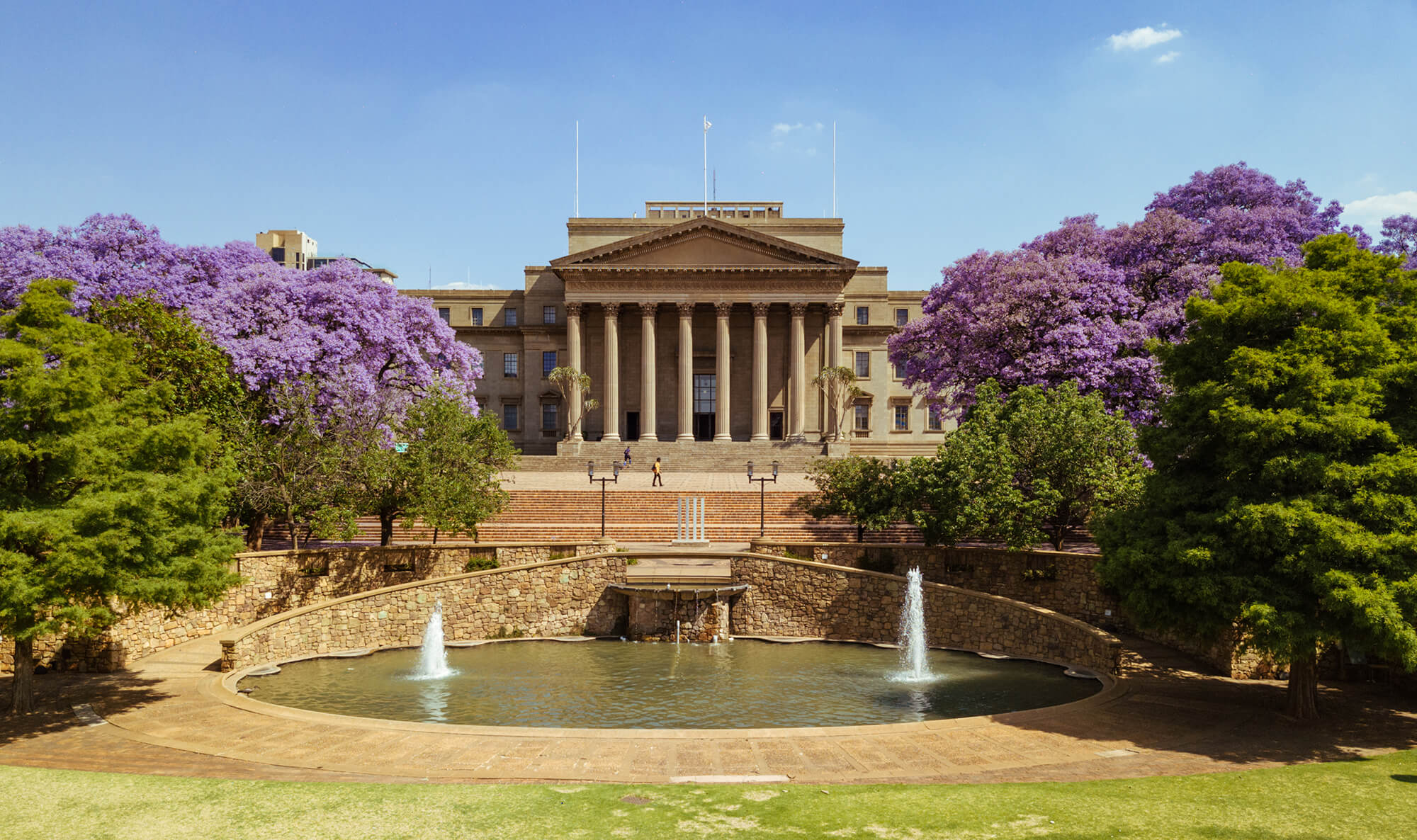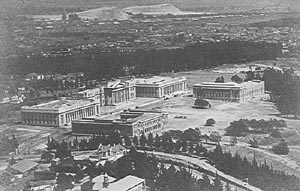
Explore Johannesburg – the City of Gold
Johannesburg, often called the City of Gold, is a fascinating metropolis in the heart of South Africa. Renowned for its vibrant culture, bustling atmosphere, and economic significance, Johannesburg stands as a beacon of opportunity and diversity on the African continent.
The city’s rich history is captivating, rooted in the discovery of gold in the late 19th century. This precious metal attracted people worldwide, creating a melting pot of cultures that continues to thrive today. The lively street markets and dynamic music scene make Johannesburg pulsate with an exhilarating, infectious energy.
Johannesburg is a city steeped in history but also one of innovation and progress. As South Africa’s economic hub, it is a bustling metropolis where opportunities abound and dreams become reality. The skyscrapers punctuating the city’s skyline testify to the ambition and drive of its residents.
Despite its fast-paced lifestyle, Johannesburg cherishes its cultural roots. Colourful murals adorn buildings, and traditional cuisine fills the streets. This beautiful blend of tradition and modernity creates a unique and enchanting experience.
In conclusion, Johannesburg is a city that is as complex as it is captivating. From its rich history to its dynamic present, it is a place where dreams are realised and cultures collide in a beautiful symphony of diversity. Whether you are drawn to its glittering skyline or vibrant markets, Johannesburg will leave an indelible mark on your heart and soul.

About The University of the Witwatersrand (Wits)
The origins of Wits University lie in the South African School of Mines, which was established in Kimberley in 1896 and transferred to Johannesburg as the Transvaal Technical Institute in 1904, becoming the Transvaal University College in 1906 and renamed the South African School of Mines and Technology four years later. Other departments were added as Johannesburg grew and in 1920 the name was changed to the University College, Johannesburg. Full university status was granted in 1922, incorporating the College as the University of the Witwatersrand, with effect 1 March. Seven months later the inauguration of the University was duly celebrated. Prince Arthur of Connaught, Governor-General of the Union of South Africa, became the University’s first Chancellor, and Professor Jan H. Hofmeyr its first Principal. Building began at Milner Park on a site donated to the University by the Johannesburg municipality.

An aerial view of the University s Milner Park campus, 1930

